Thursday, 26 September 2019
After waking up in Stirling, we head up to Wallace Monument. The National Wallace Monument is a tower standing on the shoulder of the Abbey Craig, a hilltop overlooking Stirling in Scotland. It commemorates Sir William Wallace, a 13th-century Scottish hero - Hollywood calls him Braveheart.
Excerpted from Wikipedia:
The tower was constructed following a fundraising campaign, which accompanied a resurgence of Scottish national identity in the 19th century. The foundation stone was laid in 1861 and completed in 1869 at a cost of £18,000, the monument is a 67-metre (220-foot) sandstone tower, built in the Victorian Gothic style.
The tower stands on the Abbey Craig, a volcanic knob above Cambuskenneth Abbey, from which Wallace was said to have watched the gathering of the army of King Edward I of England, just before the Battle of Stirling Bridge in 1297. Visitors climb the 246-step spiral staircase to the viewing gallery inside the monument's crown, which provides expansive views of the Ochil Hills and the Forth Valley.
The tower was constructed following a fundraising campaign, which accompanied a resurgence of Scottish national identity in the 19th century. The foundation stone was laid in 1861 and completed in 1869 at a cost of £18,000, the monument is a 67-metre (220-foot) sandstone tower, built in the Victorian Gothic style.
The tower stands on the Abbey Craig, a volcanic knob above Cambuskenneth Abbey, from which Wallace was said to have watched the gathering of the army of King Edward I of England, just before the Battle of Stirling Bridge in 1297. Visitors climb the 246-step spiral staircase to the viewing gallery inside the monument's crown, which provides expansive views of the Ochil Hills and the Forth Valley.
View from the foot of the Monument, with a look, to the left, of the rain we'll face on and off today.
The Wallace Sword is believed authentic, a 1.63 m (5 ft 4 in) long-sword weighing almost three kilograms (seven pounds).
Neat masonry in the form of rope. View of the Great Hall at Stirling Castle:
We drive on to "Bridge of Allan" - a quaint little town just a bit up the road north for lunch and a brewery.
The beer we sampled was excellent - but no pints could be drained, we had a castle to tour.
And then we head back to Stirling to take in Stirling Castle. And find amazing sights along the way.
Wallace Monument can be seen at the center of this photo below.
Wikipedia:
Stirling Castle is one of the largest and most important castles in Scotland, both historically and architecturally. The castle sits atop Castle Hill, an intrusive crag, which forms part of the Stirling Sill geological formation. It is surrounded on three sides by steep cliffs, giving it a strong defensive position. Its strategic location has made it an important fortification in the region from the earliest times.
The castle construction began in the early 12th century, but most of the principal buildings of the castle date from the 15th and 16th centuries. A few structures of the fourteenth century remain, while the outer defenses fronting the town date from the early eighteenth century.
Before the union with England, Stirling Castle was also one of the most used of the many Scottish royal residences, very much a palace as well as a fortress. Several Scottish Kings and Queens have been crowned at Stirling, including Mary, Queen of Scots, in 1542, and others were born or died there.
There have been at least eight sieges of Stirling Castle, including several during the Wars of Scottish Independence, with the last being in 1746, when Bonnie Prince Charlie unsuccessfully tried to take the castle.
Aerial view as posted in Wikipedia by Andrew Shiva:
Our view from the castle ramparts:
The Great Hall, from about 1500, restored 500 years later at the end of the 20th century.
The ceiling of the Great Hall, and a tapestry wall hanging.
We continue our tour, of the living spaces elsewhere in the castle.
We were able to get a short guided tour of the grounds, with another rainbow thrown in for effect.
Display of restoration work - the original is on the right, with a demonstration of creating a replica and illustrating how these medallions originally appeared.
Kitchen displays staged within the original facilities.
Restoration/conservation continues on the castle.
The castle's north gate is probably the oldest part of the surviving castle, dating partly from the 1380s.
We get one final long view, and then descend out of the castle into a cemetery and church, before reentering town.
And then we tried out a Scottish pub with massive character.




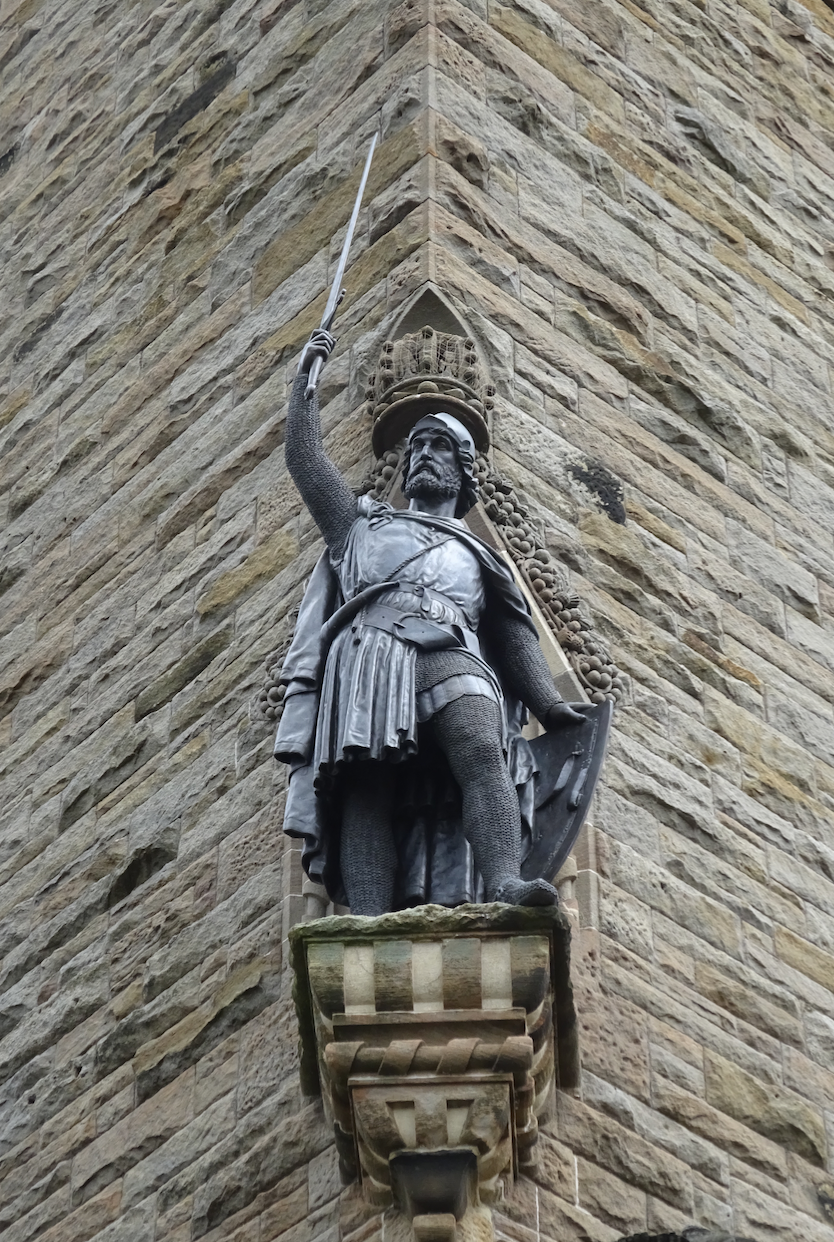
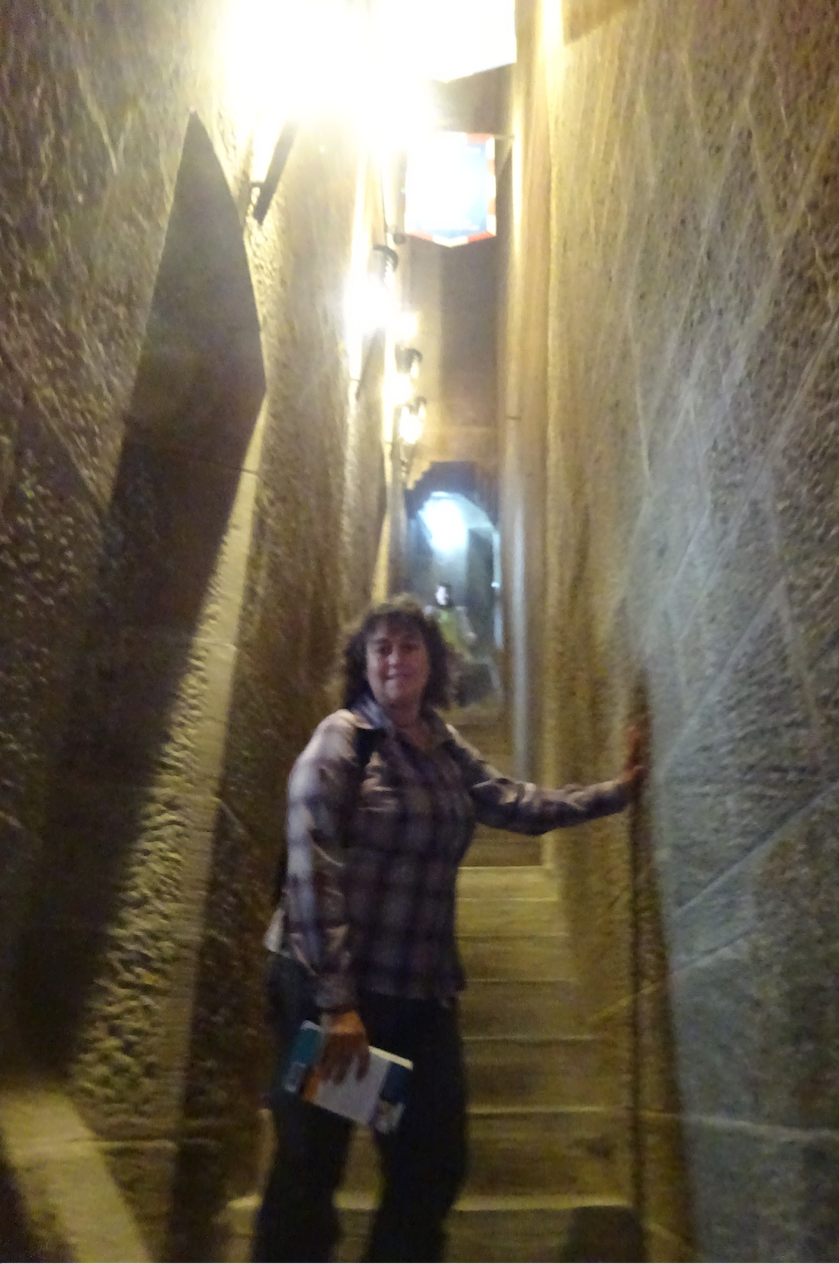

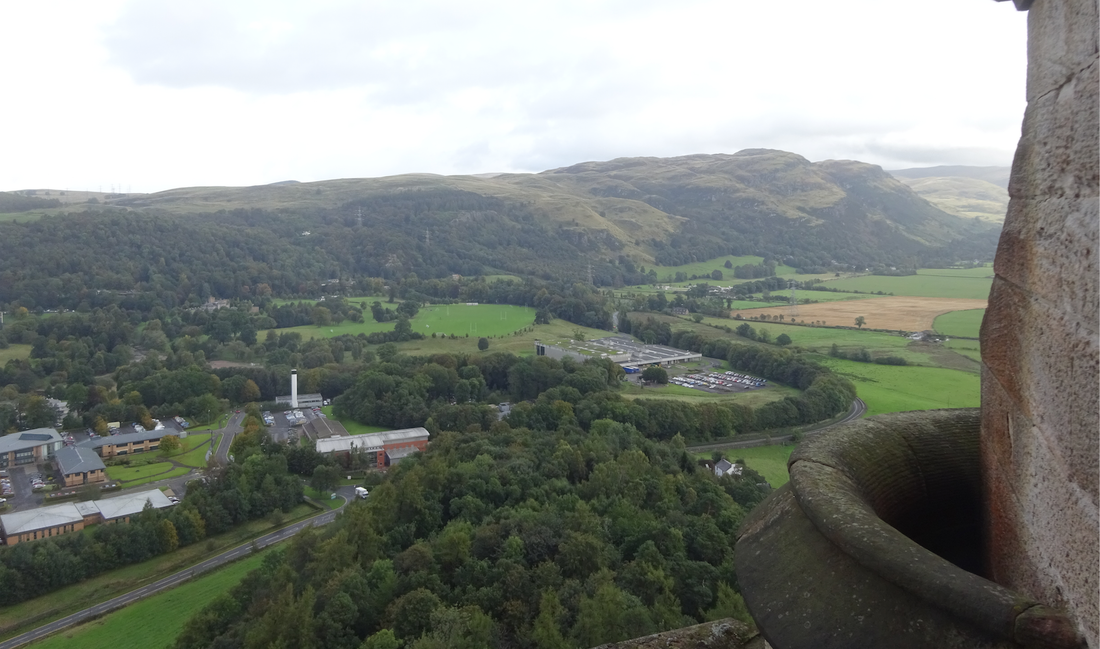









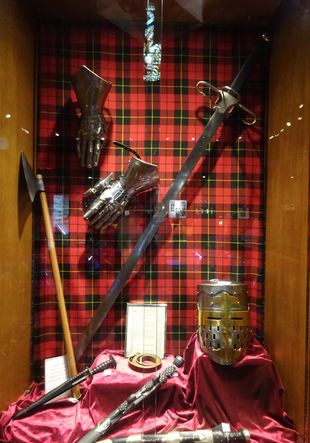
















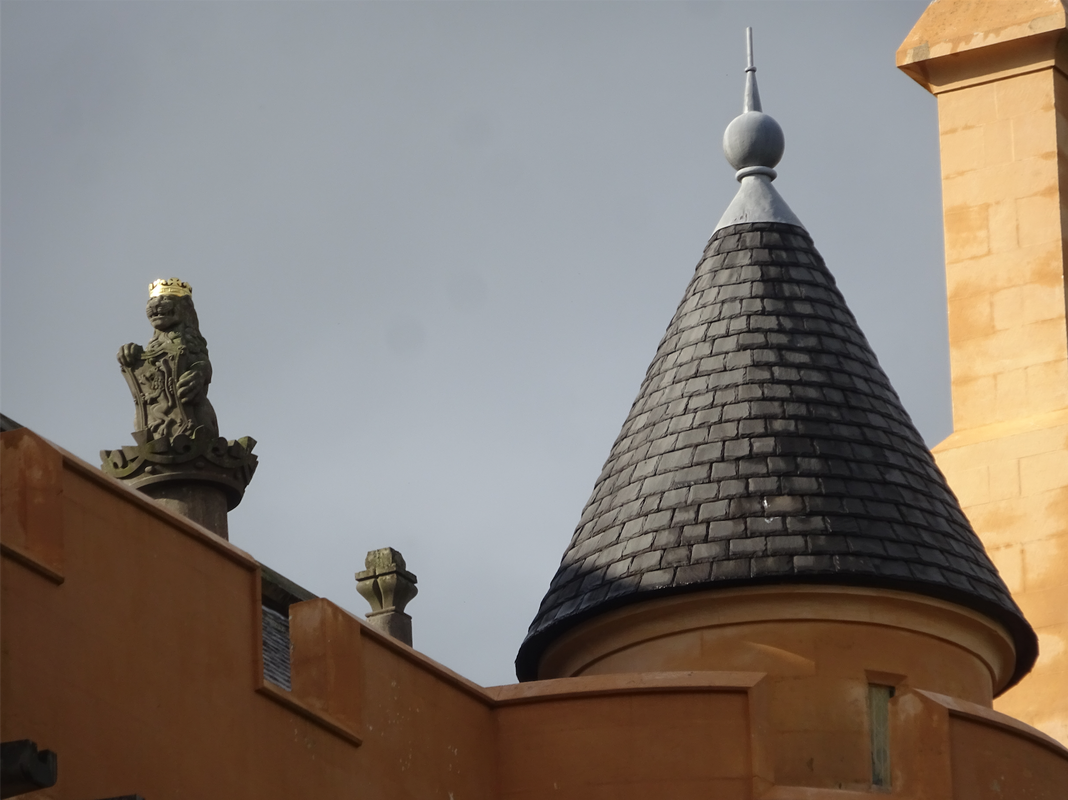





















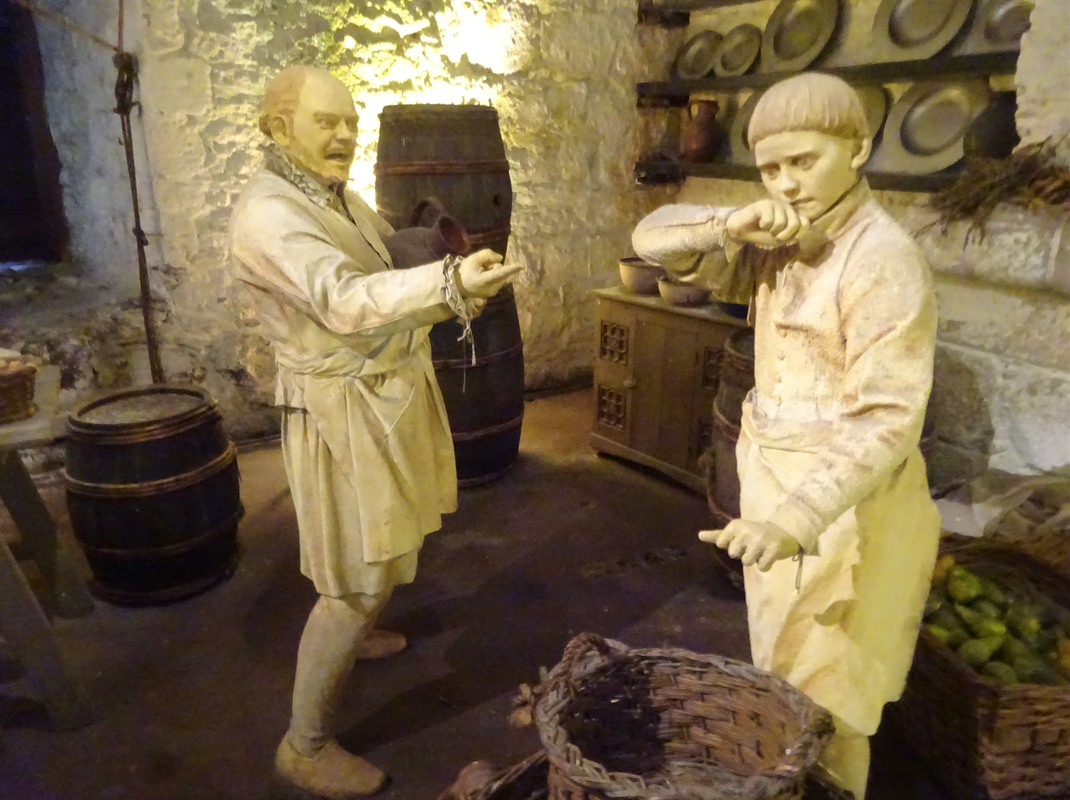


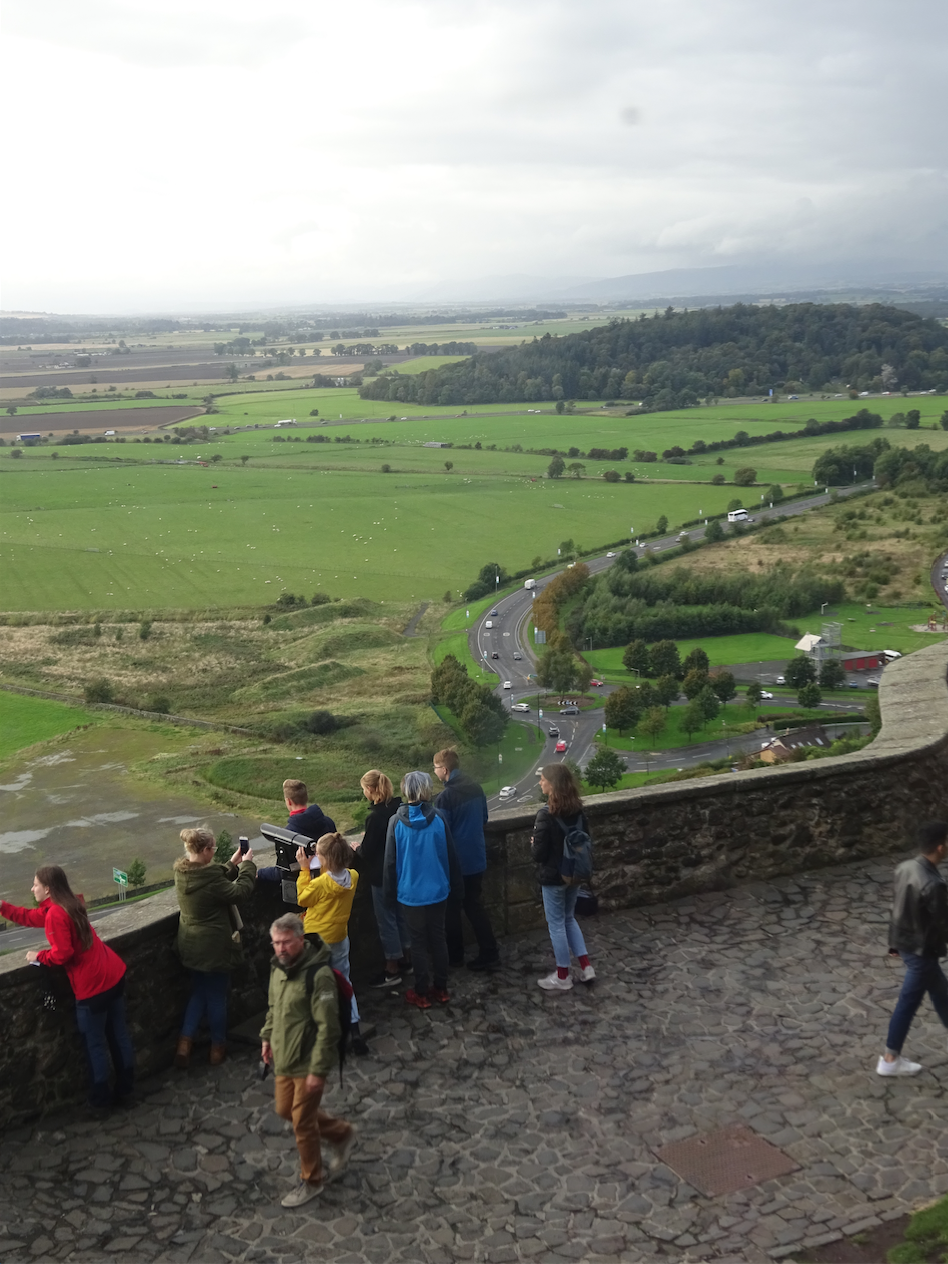


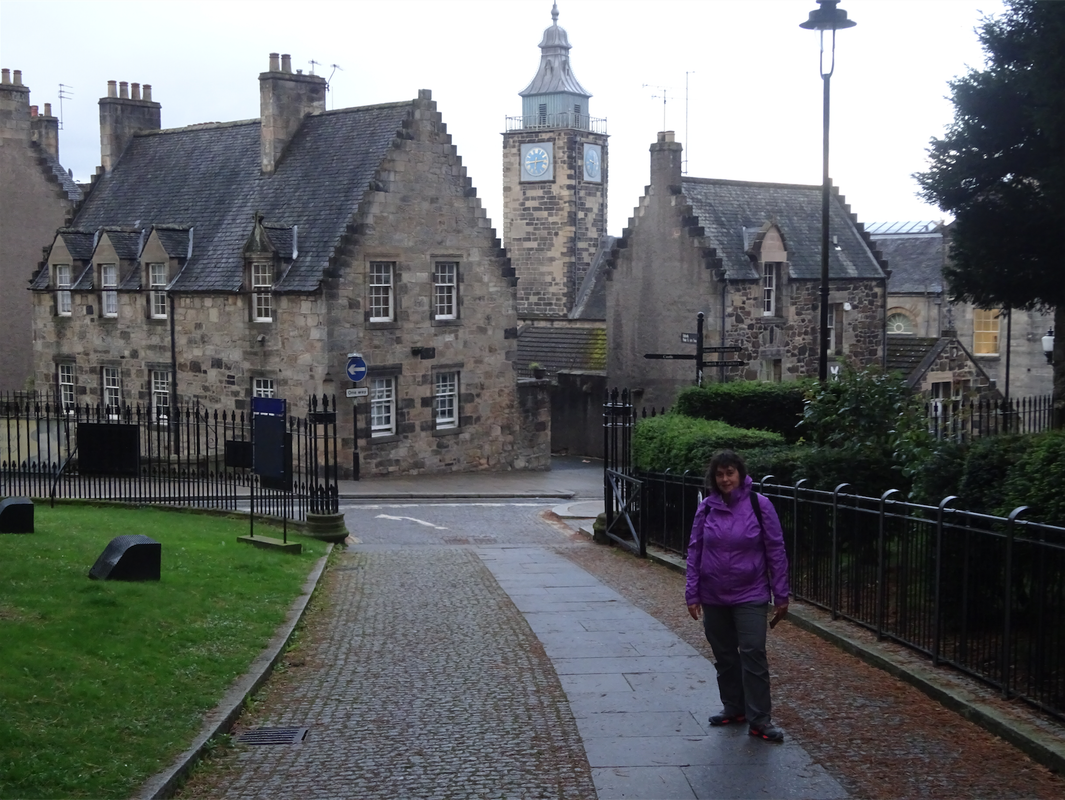




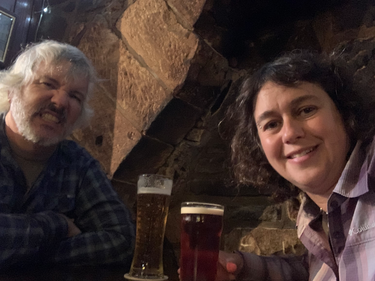
 RSS Feed
RSS Feed
